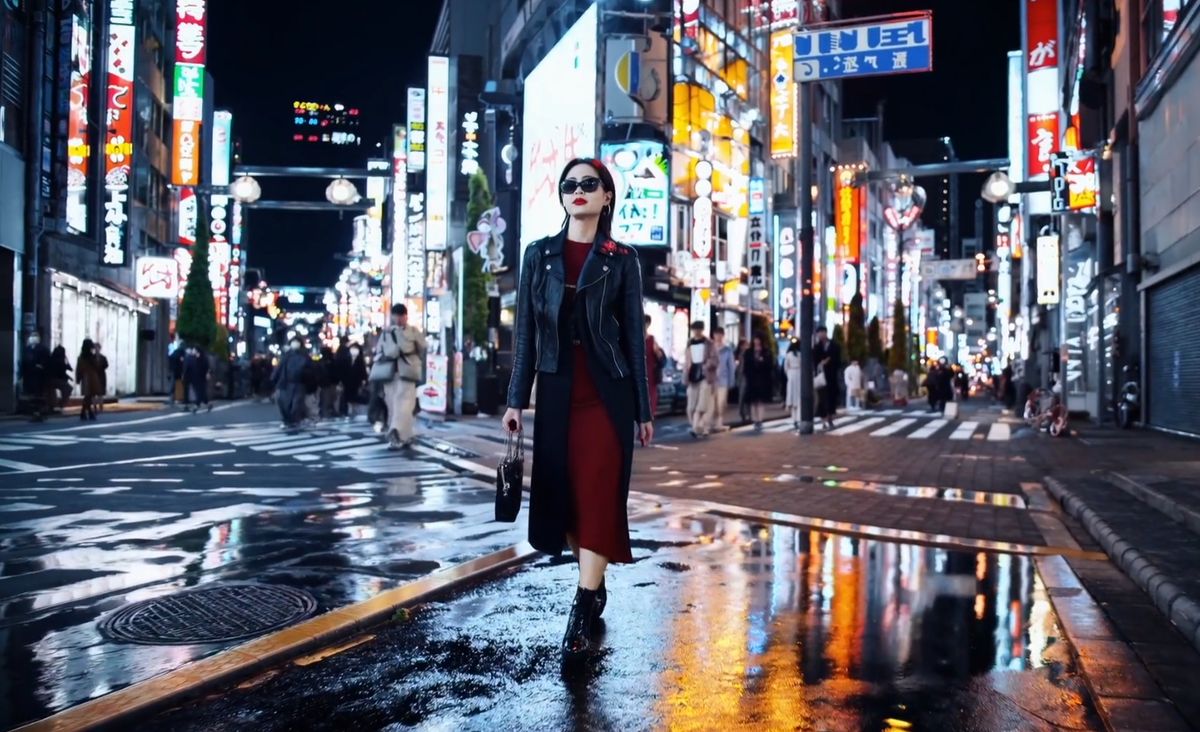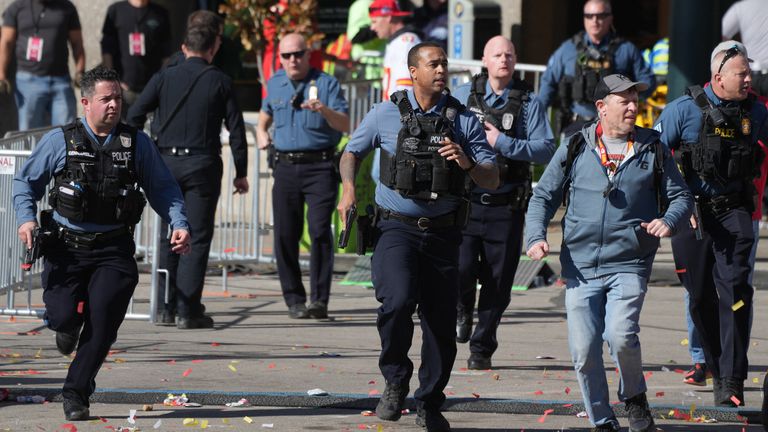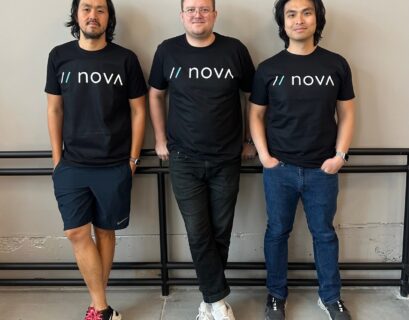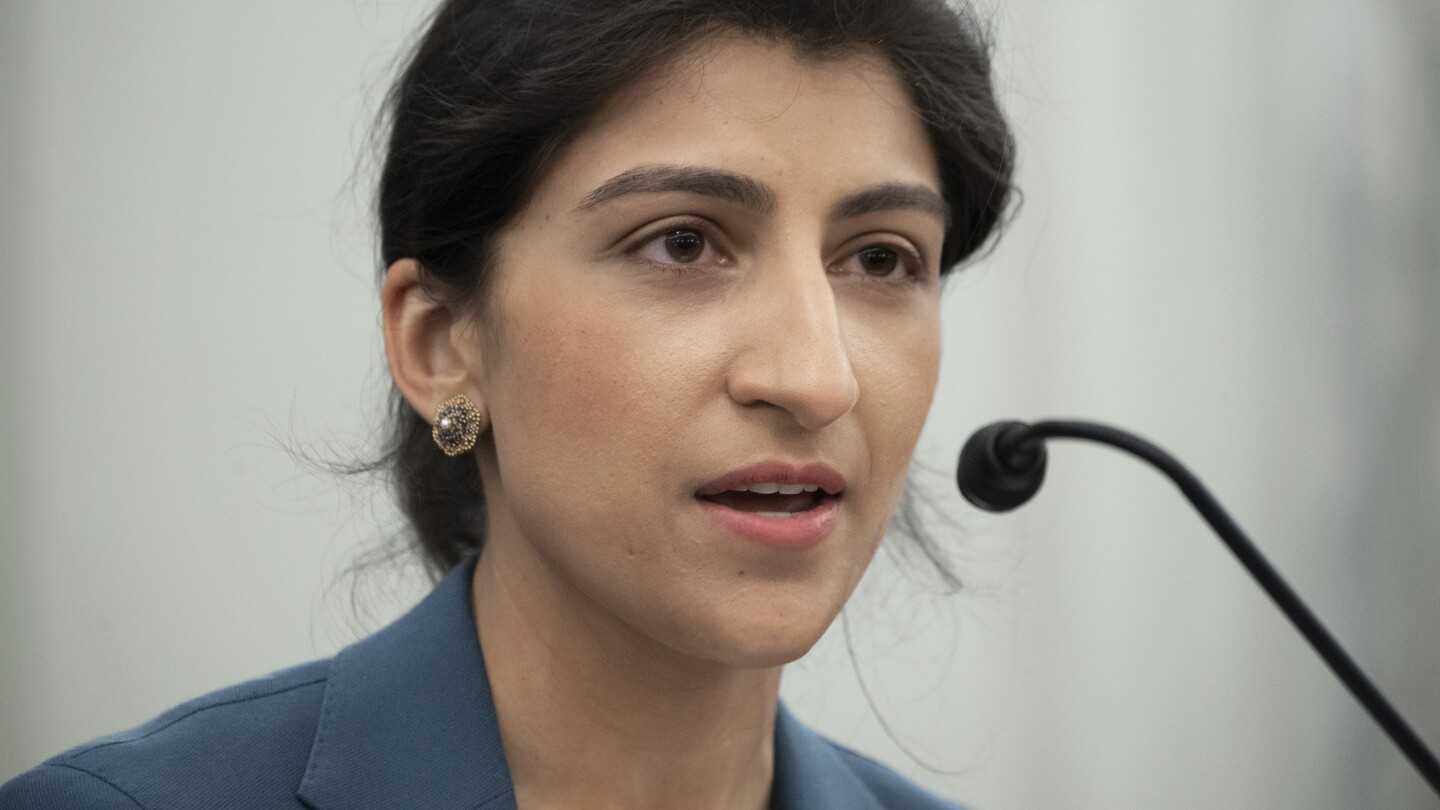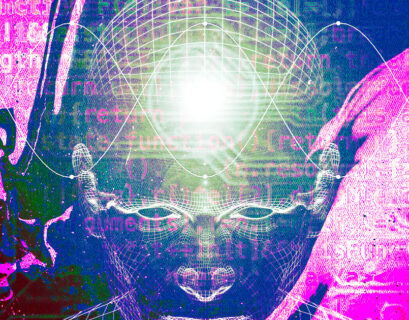The innovative AI firm responsible for ChatGPT and DALL-E has introduced a new creation: Sora, a text-to-video model capable of producing compelling 60-second clips based on prompts such as “a fashionable woman strolling along a Tokyo street…” and “a film preview showcasing the escapades of a 30-year-old spaceman sporting a crimson woolen motorcycle helmet…”
Unlike many other AI-generated videos that struggle to maintain a coherent narrative, altering facial features, attire, and objects inconsistently from frame to frame, Sora stands out. According to OpenAI’s announcement, Sora not only interprets the user’s prompt but also comprehends how these elements manifest in the physical realm, albeit loosely defined.
The clips generated by Sora are both impressive and eerie. A casual viewer scrolling through social media might mistake many of them for authentic footage. For instance, the prompt “a video depicting a Chinese Lunar New Year celebration with a Chinese Dragon” initially resembles standard documentary content of a parade. However, upon closer inspection, the oddly proportioned figures stumbling through the scene create a surreal atmosphere, akin to the realization in a dream where subtle abnormalities become apparent.
Acknowledging its limitations, OpenAI notes that the current model may struggle with accurately simulating complex scenes’ physics and understanding specific cause-and-effect relationships. Spatial details, such as distinguishing left from right, and precise descriptions of temporal events pose challenges for the model. An amusing example of Sora’s shortcomings is showcased in a video where a plastic chair undergoes a bizarre transformation into a Cronenberg-esque entity.
While Sora remains inaccessible to the public, OpenAI is actively evaluating the model’s societal implications and developing strategies to address them, such as implementing a detection classifier to identify videos generated by Sora.
Beyond its research implications, OpenAI aims to leverage Sora’s potential commercially by soliciting feedback from visual artists, designers, and filmmakers to enhance the model’s utility for creative professionals.
As generative AI continues to permeate creative industries like videogames, its applications range from visible outputs like art and voice generation to more discreet functions such as code generation and marketing. With 31% of game developers incorporating generative AI in their workflows, the possibilities for machine learning-driven video simulations are intriguing.
While the ultimate trajectory of machine learning advancements remains uncertain, the relentless progress in this field, spearheaded by entities like OpenAI striving towards Artificial General Intelligence (AGI), underscores a profound shift in AI development. Sora, as a cornerstone for models that can comprehend and simulate real-world scenarios, signifies a crucial step towards achieving AGI, according to OpenAI’s vision.

